37+ Sample Employment Agreement Templates
-
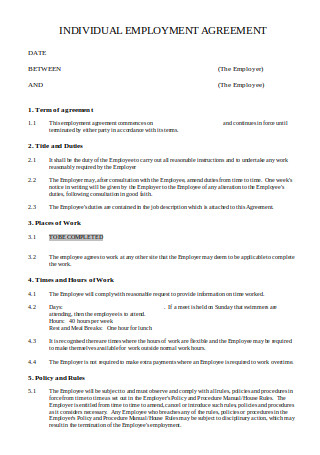
Individual Employment Agreement
download now -
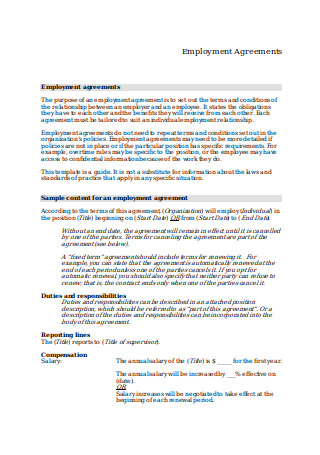
Employment Agreement Template
download now -
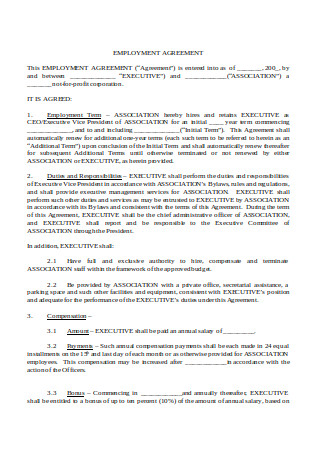
Employment Agreement
download now -
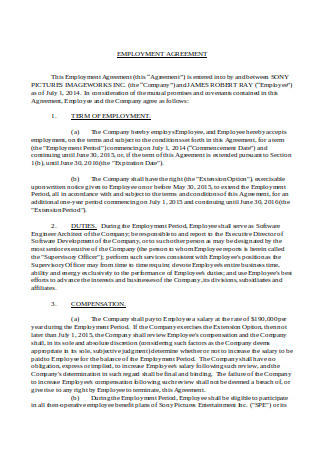
Basic Employment Agreement
download now -
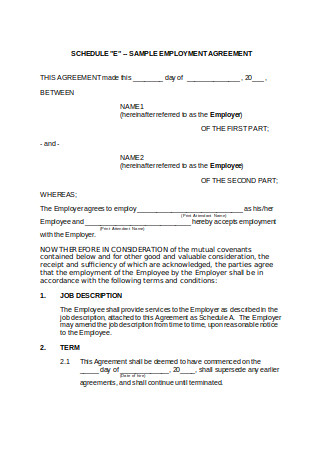
Sample Employment Agreement
download now -
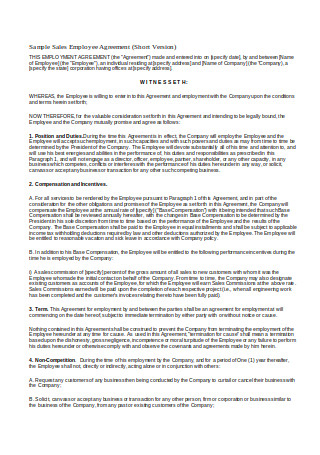
Sample Sales Employee Agreement
download now -
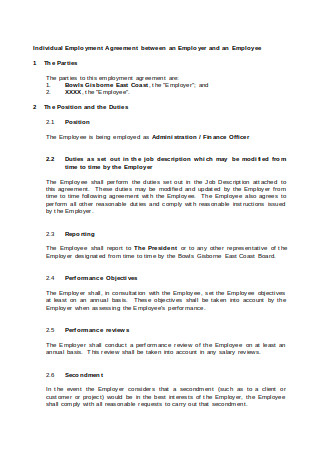
Sample Individual Employment Agreement
download now -

Pre-Employment Agreement
download now -
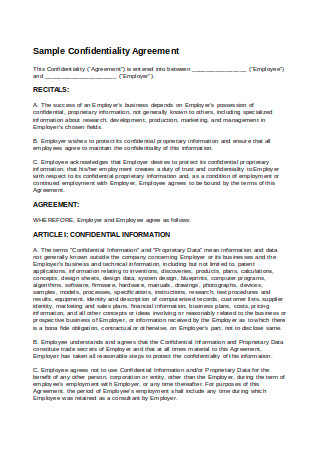
Sample Confidentiality Agreement
download now -
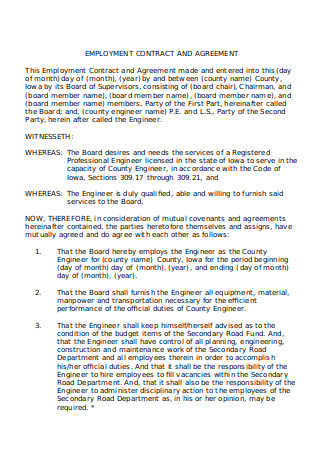
Employment Contract and Agreement
download now -
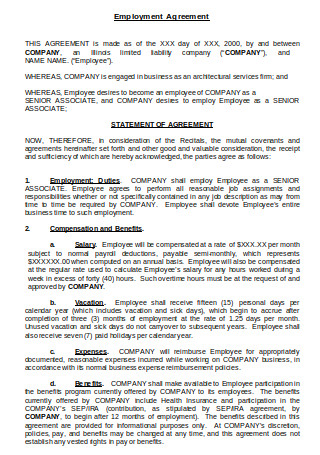
Employment Agreement for Exempt Client Service
download now -

Research Employment Agreement
download now -

Assignment Agreement
download now -
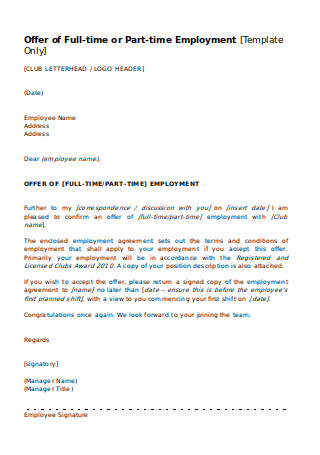
Full-time or Part-time Employment Agreement
download now -
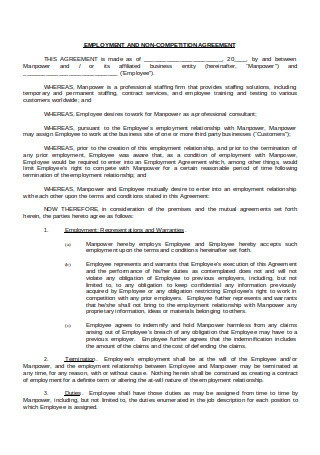
Employment and Non-Competition Agreement
download now -
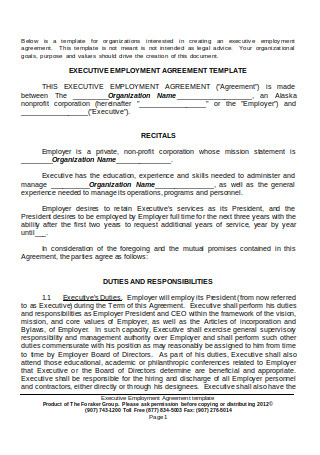
Executive Employment Agreement
download now -
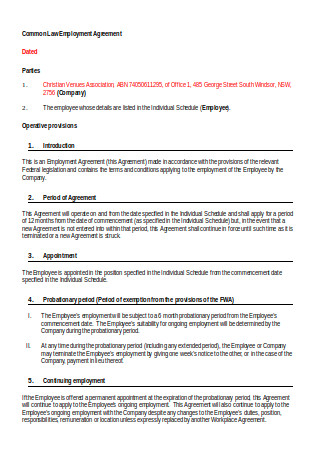
Common Law Employment Agreement
download now -
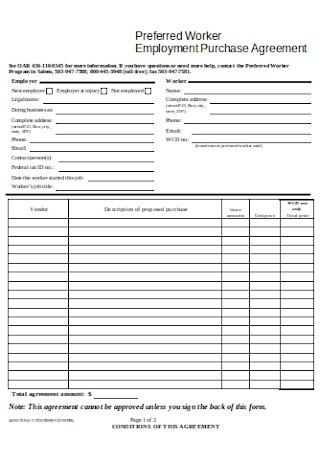
Employment Purchase Agreement
download now -
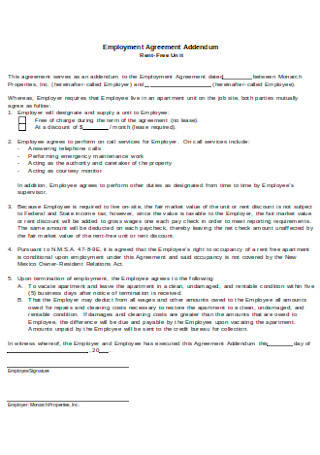
Employment Agreement Addendum Sample
download now -
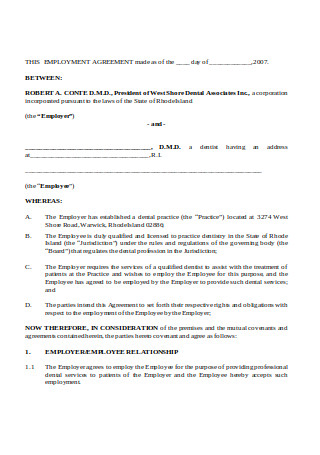
Associate Employment Agreement
download now -
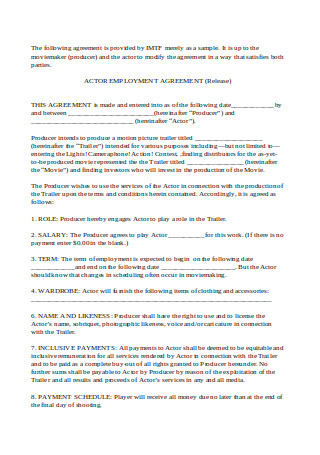
Actor Employment Agreement
download now -
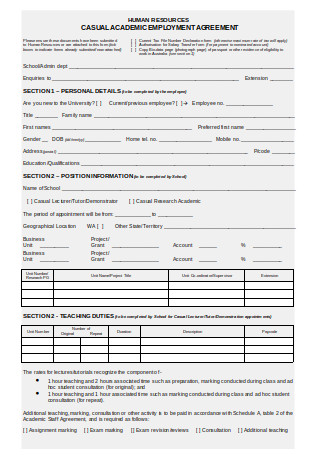
Casual Academic Employment Agreement
download now -
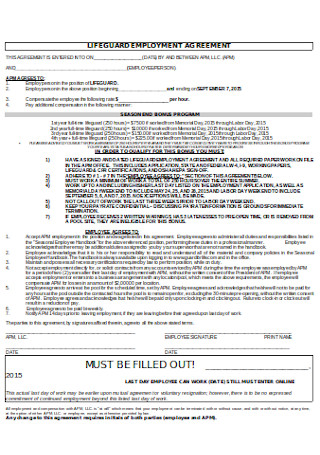
Lifeguard Employment Agreement
download now -
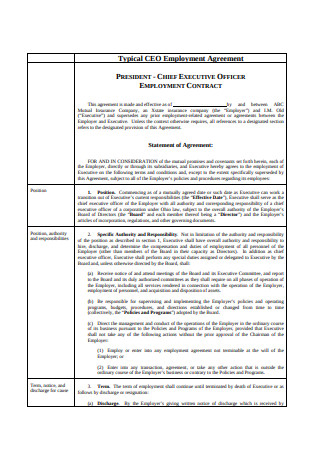
CEO Employment Agreement
download now -
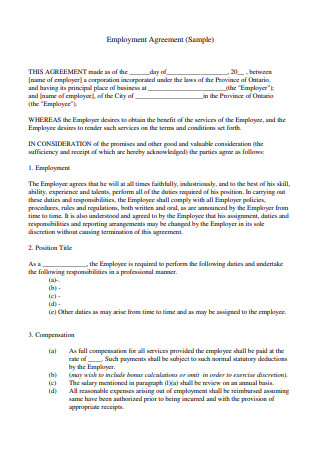
Employment Agreement Example
download now -
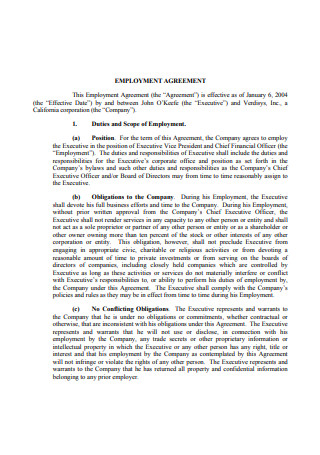
Model Employment Agreement
download now -
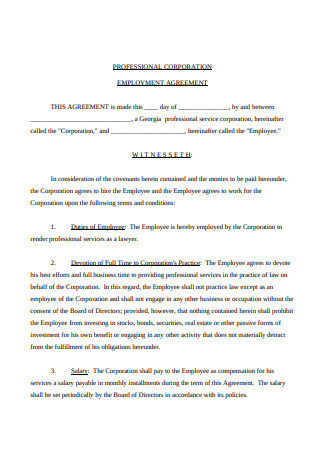
Professional Corporation Employment Agreement
download now -
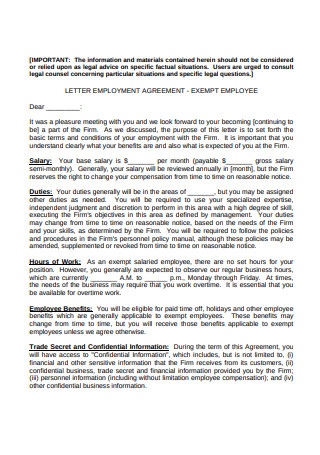
Letter Employment Agreement
download now -
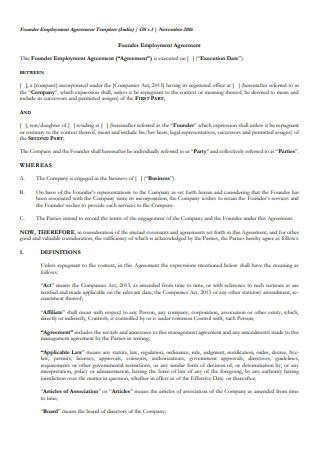
Founder Employment Agreement
download now -
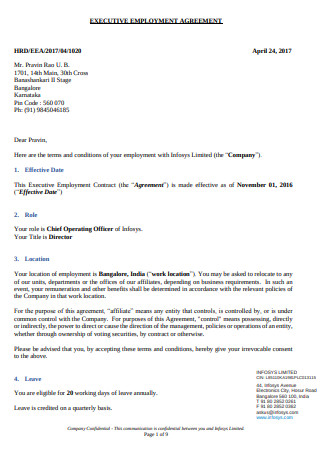
Sample Executive Employment Agreement
download now -
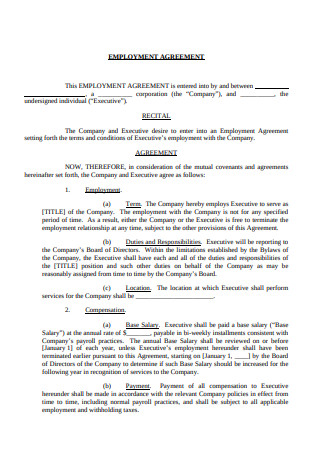
Employment Agreement (Pro-Employee)
download now -
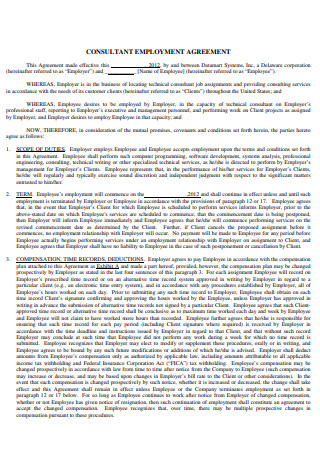
Consultant Employment Agreement
download now -
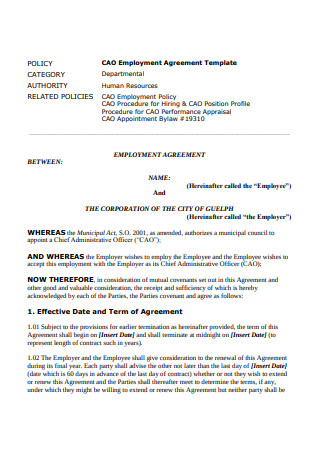
CAO Employment Agreement Template
download now -
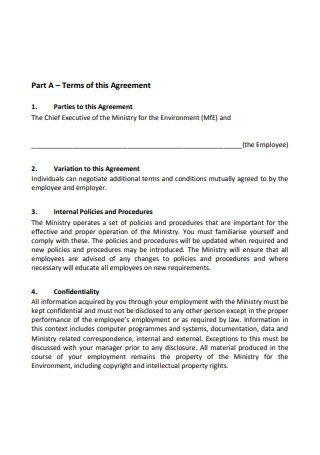
Simple Individual Employment Agreement
download now -

Executive Employment Agreement Example
download now -
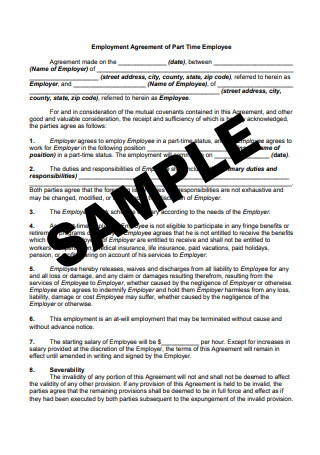
Temporary Employment Agreement
download now -
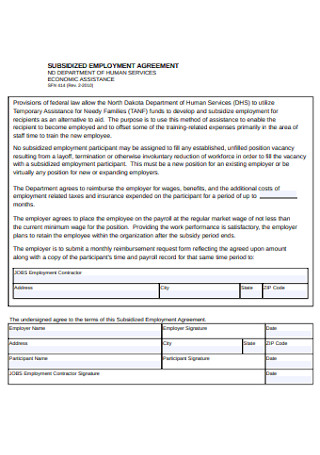
Subsidized Employment Agreement
download now -
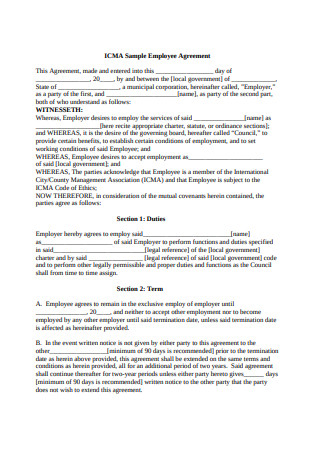
Model Employee Agreement Sample
download now
What is an Employment Agreement
An employee agreement is the contract that declares and irons out the relationship between the employer and employee. This agreement is the first contract that the employee signs as they enter a new organization. The contract essentially introduces the employer, the job position, core responsibilities of the role, and what it offers in exchange for the services of the employee. The prominent details in the contract include the basic salary, work schedule, confidentiality clauses, and the overall benefits package. This type of employment agreement is used in all kinds of employment, regardless of its nature. However, the content slightly varies if the employment is for a temporary, part-time, or full-time employee. Furthermore, a well-written employee agreement helps in the documentation process and organization within the company. It is usually the first file of the employee, along with the employment requirements, that the company safe keeps for future legal uses. And ultimately, the agreement can serve as a reference to check the length of the person’s employment, because it explicitly states the dates in the contract, to draft other official documents that primarily concerns regularization.
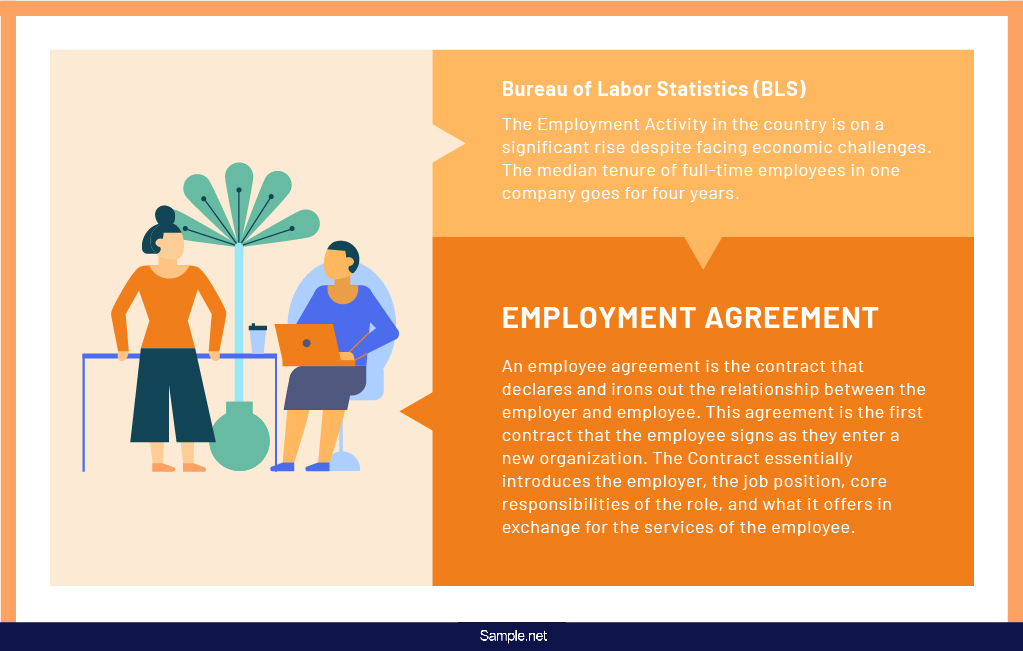
The DNA of an Employment Agreement
The elements of modern contracts and agreements have ancient roots. Plato, an ancient Greek philosopher, introduced some ideologies about canceling agreements that are still practiced until today. Roman thinking also provided an influence on how contracts are crudely categorized. Roman laws also introduced the earliest forms of loans, which is also an agreement between two parties. With this long and rich history, written agreements were able to help in shaping society. It established order and developed accountability even before all these modern developments. You may wonder how a simple development of writing about agreements made it until modern civilizations. The answer is quite simple. The process and the benefits it provides are still relevant. The need for order and accountability transcends time.
The Benefits of an Employment Agreement
Writing down the agreements and expectations for employment is the first permanent means of communication between the employer and employee. Agreements, in general, is a framework for a long-standing relationship that sets expectations, provides stability, and upholds security. There may be some people who choose to ignore writing down all the details of an agreement but, do take note that you cannot demand something if it is not written down. If it is not written, it does not count. In a business set-up, you cannot demand payment after working on a project or for several weeks if it was not in the agreement. So, be smart in writing and in agreeing to contracts.
1. Sets Proper Expectations
An essential benefit that a well-written employment agreement provides is the clear-set expectations from both parties. For the employee, they are provided with the specific details of their role in the company. They are given knowledge of what they need to do in order to meet the demands of the executives and to reach targets of the organization. Moreover, they are provided with information with what the business requires from the employees’ behavior and conduct wise. On the other hand, this also sets the expectations of the employer. The details on the document can determine a key employee. Knowing this information can help in coming up with an adjusted compensation plan according to the skillset and accolades of the employee.
2. Provides Sense of Stability
Signing a written contract provides a sense of stability for the employee regardless of the nature and length of their employment. Having the agreement written provides a framework and solid foundation of the relationship. It is like having a tangible hold over intangible, which is employment. Another influential motivational force for an employee is the stability of work. It drives them to work better for the company and personalizes the company culture. All in all, the sense of stability that is provided by the contract is a starting point in developing a positive relationship between the employer and employee. It is a tool that helps bridge an unmistakable gap between the two parties by letting them meet and agree with eye to eye.
3. Reference Against Disputes
Unjust termination is frowned upon and greatly unprofessional but, it is a possible special case for some employees. If in case you find yourself in a similar scenario, you can use the employee agreement to your advantage along with other supporting documents. Always remember that you have a right to know the exact reason for termination. You can choose to discuss and go over the presented legal termination causes stipulated in the contract with the supervisor and human resource specialist. If in case, the management is unable to present a plausible reason, then you can save your employment and continue on with working with them.
How to Create an Employment Agreement
Standard employee agreements seem simple because it usually has less than five pages. But, it needs to cover several elements and is composed of several parts. Making it takes a considerable amount of time, effort, and thinking to cover everything that is necessary. And in the case of employee agreements, the side of the employer drafts the whole document without considering revisions, requests, and demands of the employees. Starting with the introduction down to the closing statements of the employee contract, one party is responsible for making it. But, it does not mean that the employee should not be aware of the process of making one. Being knowledgeable about drafting legal documents is a knowledgeable skill. It can even call for recognition and approval in the workplace. So, here is a short process on how to make a simple employee agreement.
Step 1: Announcement of Job Role
To formally open the employee agreement, it should directly state the intention of the letter and the involved parties. Make sure that all those who are involved are labeled properly as the ‘Employer’ and ‘Employee’. The next best thing to do is to indicate the job title that the employee will take on. Also, this part introduces the core duties and responsibilities of the role. It also lays out a crude image of a stem of the company structure that directly involves the position. Moreover, it also introduces that there are succeeding terms and conditions that both parties must adhere to. This part of the contract sets the formality of the entire document
Step 2: Detailing the Compensation and Benefits Package
After laying out the basic details of the parties and the position, information regarding the compensation follows. It is best to state the base pay first and its computation. Follow it up with the payment method, or how the employee acquires the payment and every when it is available for collection. It is also commendable to state the work schedule, which is a crucial factor in calculating the basic salary. After all the information about the salary, make sure to introduce the benefits and perquisites that will heighten the interest of the employee. In this section, you can include the details regarding leave credits, performance incentives, and bonuses. If your company offers health insurance programs as part of the benefits package, you must include it in the employment agreement as well.
Step 3: Introducing Performance Evaluation Processes
One of the main goals of a company is to hire the best people for an open position. In order to test if they did hire the right people, new employees are placed under probationary periods. The period varies for several months according to the decision of the company management. And during the probation period, the performance of the new hire is evaluated according to the corporate standards. But, in order to implement these practices, it should be documented in the agreement. The employee must be aware of the evaluation scheme and its impact on their impending regularization. And if there are succeeding performance evaluations after the probationary period, it should also be included in writing. Do not forget to include its significance to the overall performance of the company.
Step 4: Set Restrictions and Limits
Contracts are the perfect tools to set restrictions and limitations for involved parties in a specific set-up. In employment agreements, it introduces the ground rules of how the employee should behave and perform in the company. The standard clauses in the contract that imposes restrictions are the confidentiality and non-compete provisions. The confidentiality clause restricts disclosing sensitive information about company procedures and methods that may place the organization in trouble. Its effectivity can extend for a particular period after the employee’s dismissal from the company. Meanwhile, the non-compete clause limits the job options of the employee. They are discouraged to join another company within the same industry; however, it may be limited to specific cities or states and within a timeframe. These clauses are formulated to protect the interests and uphold the safety of the company.
Step 5: Clarify Termination Clauses
For the last part of the employee agreement, state the possible causes for with cause terminations. The possible termination causes include breach of contract, violation of code of conduct, threatening behavior, and falsifying any documents. The employees must be aware, first hand, of the possible circumstances and behaviors that can lose them their positions. The causes mentioned above are some of the possible reasons. The company can indicate more as long as it is acceptable by law. After all of these details are written down in the document, take time to review and make sure that there are no typographical errors that can change the meaning of the statement. Once all of the details are finalized, it is time for the parties to affix their signatures and finalize the agreement.
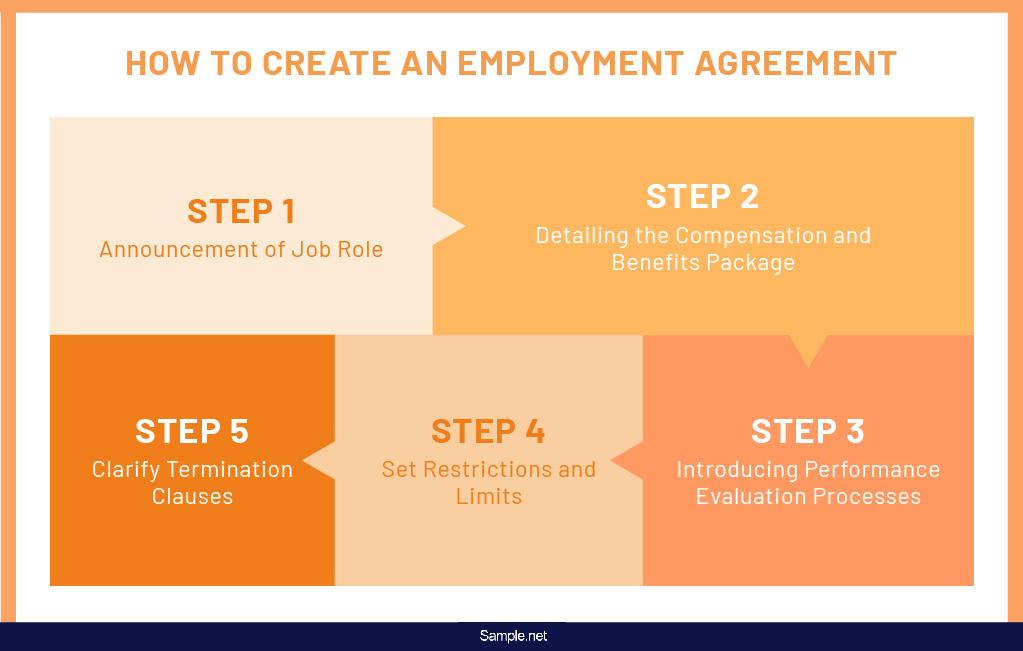
The human capital of the corporation is its cream of the crop. For some companies, this is their defining factor from other organizations within the same industry. In order to set this competitive edge, companies take care of and nurture their employees. And the first step in developing a long-lasting professional relationship is a carefully crafted employee agreement. The agreement establishes a stable framework of expectations for the employees’ behavior and performance. Moreover, it is also a tangible sign of the company’s decision to trust and invest in the employee.
